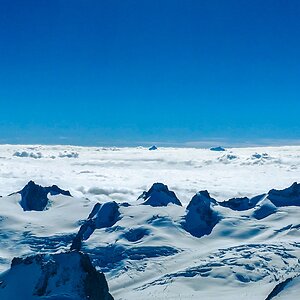fwellers
TPF Noob!
- Joined
- Nov 21, 2008
- Messages
- 440
- Reaction score
- 6
- Location
- Northern VA
- Website
- www.fwellers.com
- Can others edit my Photos
- Photos OK to edit
Hi,
I just got my first dslr yesterday, a Nikon D90. After much research, and a month or two of pouring over this and other forums, I know enough to fit into a thimble.
Been reading the manual all night and half the morning, and finally started trying some pics. Haven't even stored any on my pc yet. I just installed the Viewnx and capture nx2, but haven't used them yet.
I just say that as a preview so you know you're dealing with a rank beginner here.
Anyway, for my first of many questions. I've tried to take a pic of objects and get a bokeh ( or any blurring of the backround ), by opening up the aperture all the way, which is 3.5 on the 18-105mm kit lens that came with it. I used Aperture priority mode. But no matter how I focus on the subject, I still get the backround in focus also.
This is in my house, with about 10 feet or so of a backround.
is this because I'm not doing something I should be doing or is it because I just need a faster lens. Is it just impossible to get the bokeh effect at 3.5 aperture ?
Thank you,
Floyd
I just got my first dslr yesterday, a Nikon D90. After much research, and a month or two of pouring over this and other forums, I know enough to fit into a thimble.
Been reading the manual all night and half the morning, and finally started trying some pics. Haven't even stored any on my pc yet. I just installed the Viewnx and capture nx2, but haven't used them yet.
I just say that as a preview so you know you're dealing with a rank beginner here.
Anyway, for my first of many questions. I've tried to take a pic of objects and get a bokeh ( or any blurring of the backround ), by opening up the aperture all the way, which is 3.5 on the 18-105mm kit lens that came with it. I used Aperture priority mode. But no matter how I focus on the subject, I still get the backround in focus also.
This is in my house, with about 10 feet or so of a backround.
is this because I'm not doing something I should be doing or is it because I just need a faster lens. Is it just impossible to get the bokeh effect at 3.5 aperture ?
Thank you,
Floyd



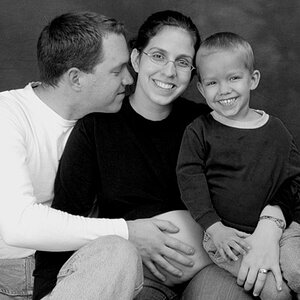
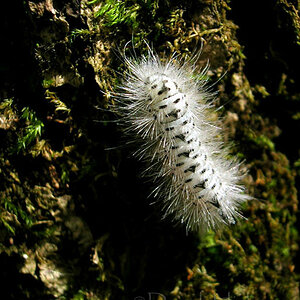
![[No title]](/data/xfmg/thumbnail/37/37602-1ef8dbb1c2d0e4ff347ee65d328c3603.jpg?1619738147)
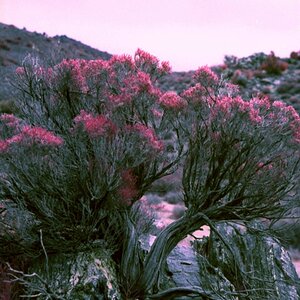
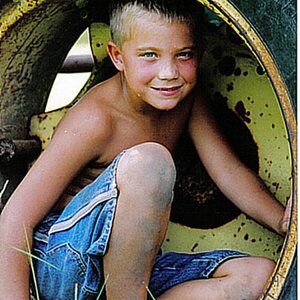
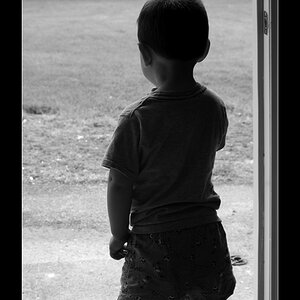
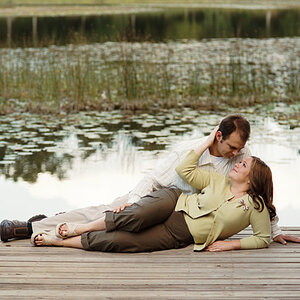
![[No title]](/data/xfmg/thumbnail/42/42397-30faa170de7ed9be38adf00b9b26a220.jpg?1619740167)
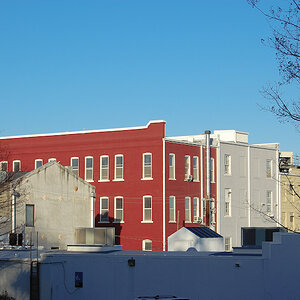

![[No title]](/data/xfmg/thumbnail/41/41935-851da2b46dc9cbb829c8c42b2aa84873.jpg?1619739947)
